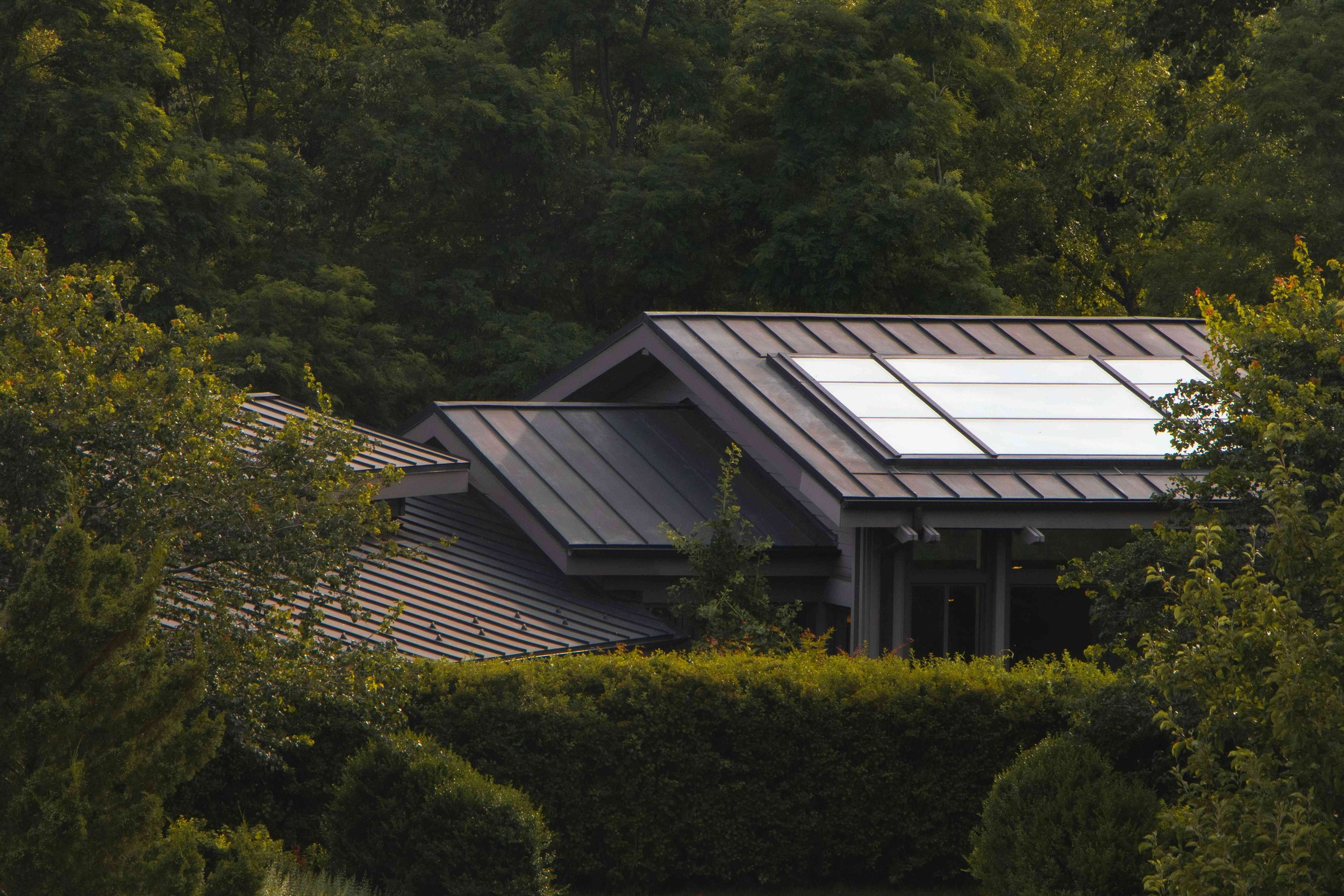
Passive House Construction in Washington State
Five Quarter Construction is a PHIUS certified Passive House builder
What Is a Passive House and Why Build One in Washington?
A Passive House is a building standard that focuses on creating highly energy-efficient homes that minimize energy required for heating and cooling. The goal is to reduce a home's environmental impact while maximizing comfort, air quality, and durability. Passive House principles are applied to both the design and construction of the building, making it a more sustainable and cost-effective living space.
Benefits of Passive House Construction in Washington State
Energy Efficiency
A Passive House uses far less energy for heating and cooling, reducing energy bills and environmental impact.
Comfortable
The design ensures a consistent indoor temperature and eliminates drafts, creating a more comfortable living environment.
Clean Indoor Air
The mechanical ventilation system ensures constant fresh air, improving indoor air quality and reducing moisture buildup and allergens.
Sustainable
By significantly reducing energy consumption and utilizing eco-friendly materials, Passive Houses are a more sustainable option for building and living.
Durable
With quality construction and energy-efficient design, Passive Houses are built to last longer, with reduced maintenance costs.
Key Features of a Passive House
Super Insulated: A Passive House is built with thick, high-performance insulation in the walls, roof, and floor. This ensures that heat is retained during the winter and kept out during the summer, helping maintain a consistent and comfortable temperature throughout the year.
Airtight Construction: Passive Houses are designed to be airtight, meaning there are minimal air leaks through the walls, roof, windows and doors. This prevents drafts, helps keep the building warm in winter, and cool in summer, while also improving overall energy efficiency.
Solar Strategy: Passive House design considers window placement, over hangs and natural to take advantage of the sun wherever possible.
Fresh Indoor Air: Since Passive Houses are airtight, they rely on a ventilation system that ensures a continuous flow of fresh air without losing heat. This system uses heat recovery, meaning the heat from outgoing air is transferred to incoming fresh air, improving indoor air quality while maintaining energy efficiency.
Minimal Need for Active Heating/Cooling: Because of the combination of insulation, airtightness, and efficient design, a Passive House requires minimal active heating or cooling systems. This means, big energy hogging furnaces are replaced with smaller heat pumps that can both heat and cool far more efficiently.

Ready to Start Your Passive House Project in Washington?
Call Walker directly to discuss your vision and learn how Five Quarter Construction can bring it to life.

